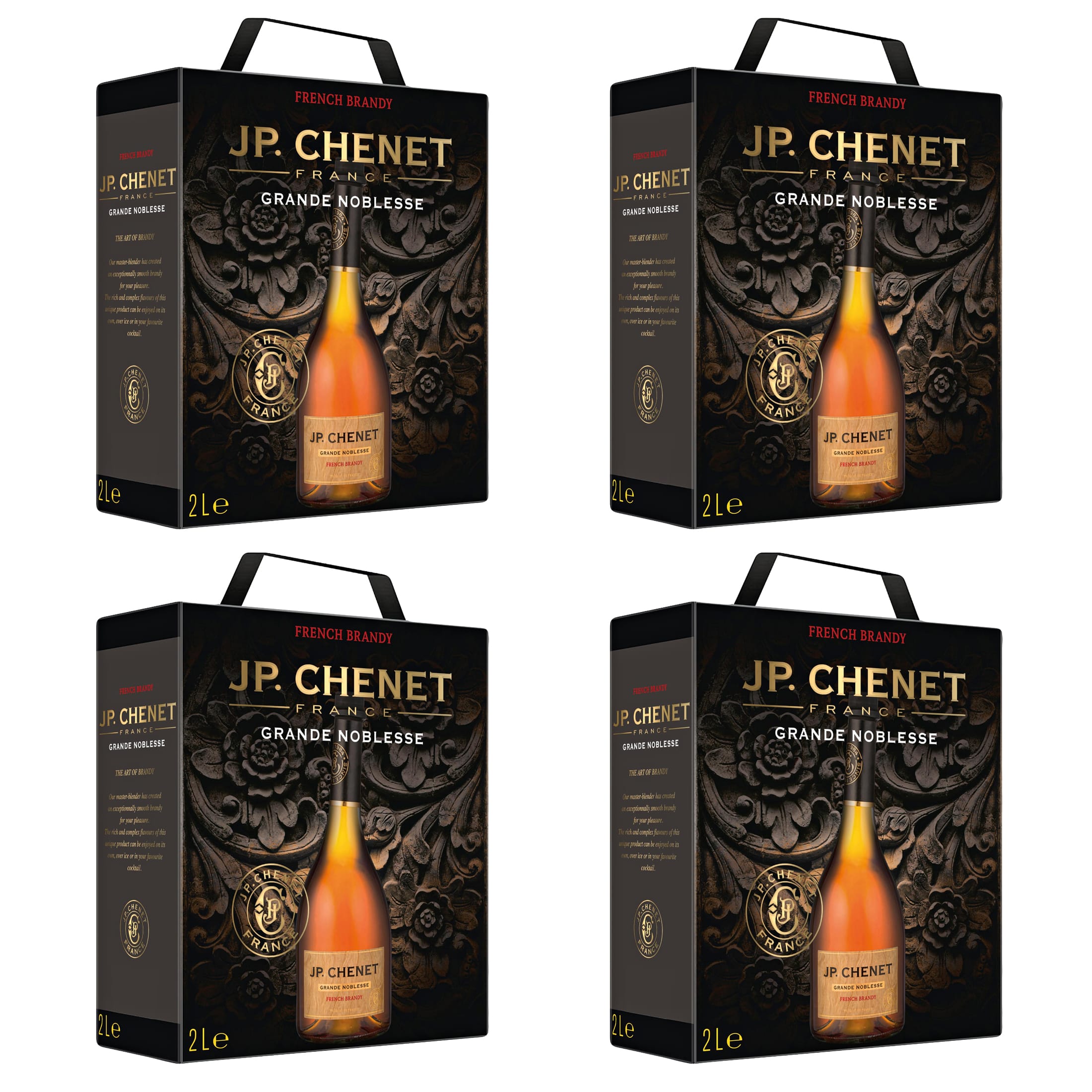SCHNELLER VERSAND in Deutschland!*
Free Shipping with DPD from 250,00€
Your cart is currently empty.
Top searched
You might like it too
SCHNELLER VERSAND in Deutschland!*
Free Shipping with DPD from 250,00€
With its soft body and slightly woody notes, it goes perfectly with cocktails and long drinks.
Colour: golden, amber
Nose: Alcoholic, slightly woody notes
On the palate: Alcoholic bouquet, fiery finish
Recommendation: In long drinks and cocktails or to refine dishes
General information about our bag-in-boxes:
hose, jug, amphora
It was a long way from glass as a luxury good - as in ancient times - to today's mass product, soda-lime glass. This type of glass is used in the manufacture of bottles, packaging, drinking glasses and mirror or window glass (flat glass).
Glass production used to be very expensive and unreliable. Wine, oil, beer and other things were filled in jugs, amphorae or leather drinking tubes. Only the techniques of glass blowing and glass pressing made it possible to produce bottles in large numbers.
But glass bottles have serious disadvantages: they are fragile, heavy, require a relatively large amount of storage and shelf space, are difficult to close (the old "cork problem") and even more difficult to close again after opening, and their environmental balance is not good even with consistent recycling intoxicating.
Good wine in new bottles
A bag-in-box package (literally meaning “bag-in-box”) consists of a plastic inner bag (“bag”) for the liquid and a corrugated cardboard outer packaging (“box”), which protects the bag from mechanical damage and protects against the effects of light. The liquid is drained from the bag via a tap. The content of the bag is reduced without air getting into the bag and without oxidation taking place.
The principle was invented in 1955 as a liquid container by William R. Scholle and probably used for the first time in 1965 by an Australian winegrower as wine packaging.
In New Zealand, Australia or the USA, a significant proportion of wine production is already sold in the bag-in-box. In Scandinavia and Great Britain, in addition to wine, many fruit juices and dairy products are packaged in this way. In Germany, so far mainly popular with discounters with wines from southern Europe and with wine exports from renowned German wineries, the "Bag-in-Box" is increasingly finding friends among us winemakers and connoisseurs.
Bag-in-box beats glass
Bag-in-Box is more environmentally friendly, ecologically and economically cheaper to manufacture, saves weight and volume during transport and storage (thus fuel during transport) and is easy and good to recycle, the bag in the yellow sack and the box in the paper bin. The production, use, filling and recycling of the bag-in-box uses less material, which means around 80% less energy and less water than a glass bottle. All in all, the bag-in-box causes over 80% less CO2 emissions compared to the glass bottle.
Cookies
Wir verwenden Cookies. Viele sind notwendig, um die Website und ihre Funktionen zu betreiben, andere sind für statistische oder Marketingzwecke. Mit der Entscheidung "Nur essentielle Cookies akzeptieren" werden wir Ihre Privatsphäre respektieren und keine Cookies setzen, die nicht für den Betrieb der Seite notwendig sind.
Essenzielle
Statistik & Marketing
Alle akzeptieren
Nur Essentielle Cookies akzeptieren
Individuelle Cookie Einstellungen
Speichern & schließen
Essenzielle
Essenzielle Cookies ermöglichen grundlegende Funktionen und sind für die einwandfreie Funktion der Website erforderlich.
Statistik & Marketing
Marketing-Cookies werden von Drittanbietern oder Publishern verwendet, um personalisierte Werbung anzuzeigen. Sie tun dies, indem sie Besucher über Websites hinweg verfolgen.

